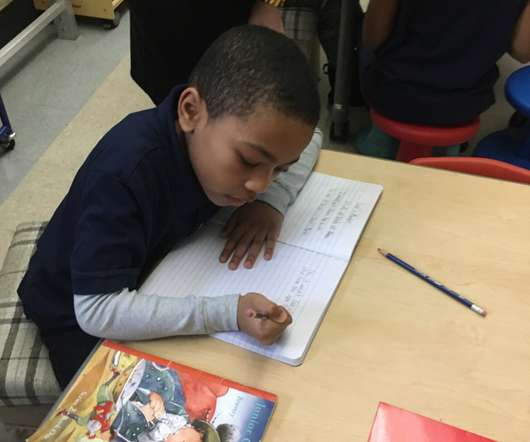It’s Time To Unlearn & Relearn Learning
EdNews Daily
SEPTEMBER 19, 2019
And it’s not just in the classroom. He states, “If you wanted to create an education environment that was directly opposed to what the brain was good at doing, you probably would design something like a classroom. References. University of California, California high school dropouts cost state $46.4 2007 ([link].















Let's personalize your content